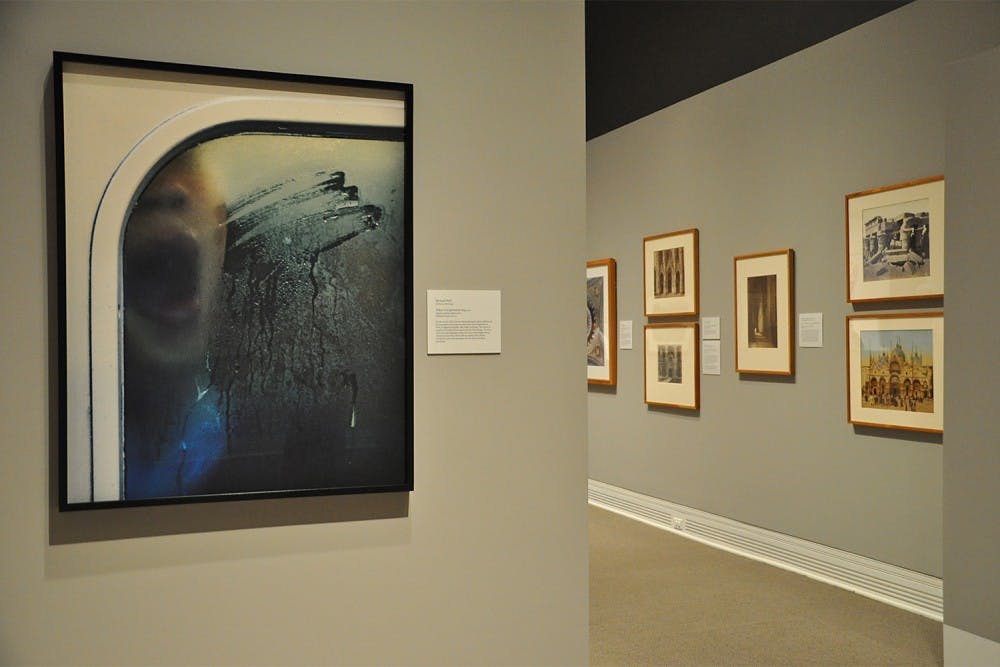But many won’t know these two exhibits will both rely on the Ackland’s permanent collection, due to budgetary constraints.
“These have been tough times for the University and tough times for the Ackland,” said Peter Nisbet, interim director and chief curator at the Ackland Art Museum. “I have to say, I think we’ve done an incredible job of putting on a really good program with very little money.”
Planning the exhibitions
Exhibitions at the museum are largely centered around themes, but it’s the origin of the artwork that matters in terms of getting money for the show.
Small shows typically pull from the permanent collection of the Ackland in order to cut costs and/or showcase relevant works. Administrative Manager Suzanne Rucker said those can cost as little as a few hundred dollars.
A large show is usually brought in from an outside museum to explore a theme or idea. “More Love,” the Ackland’s 2013 Award of Excellence winner, cost $200,000 — approximately twice as much as this year’s exhibition budget. The curatorial department is tasked with finding the right mix of both.
That decision is made five years in advance, putting pressure on the museum to find money for the museum’s 10 to 12 exhibitions per year. Two of those traditionally are large shows, one shown in fall and one in spring.
“We have purposely, this year and next year, not scheduled a really big exhibition, expensive exhibition because of the budget situation across campus,” Rucker said. “But that doesn’t mean that they’re not planning one for three or four years out.”



